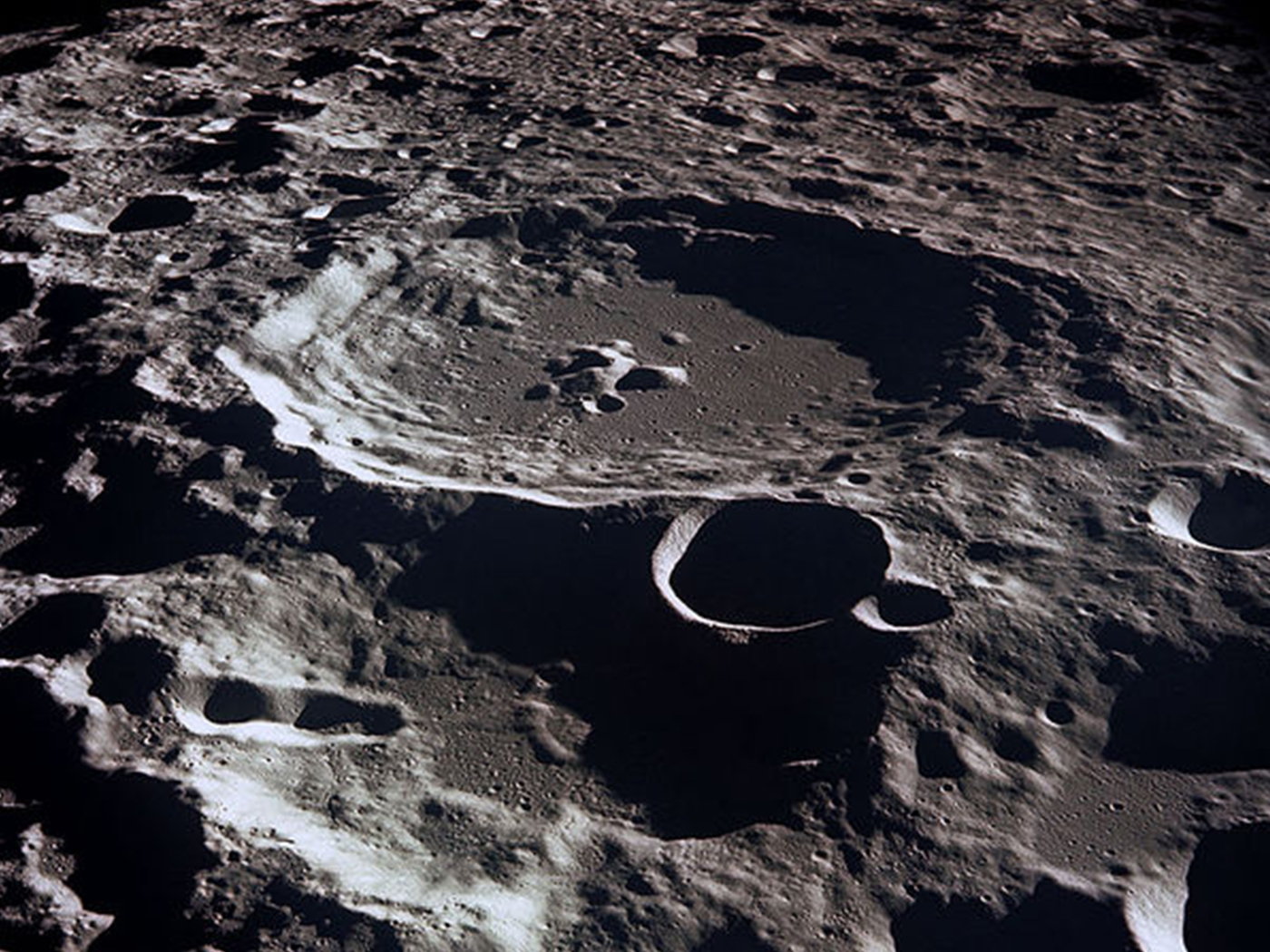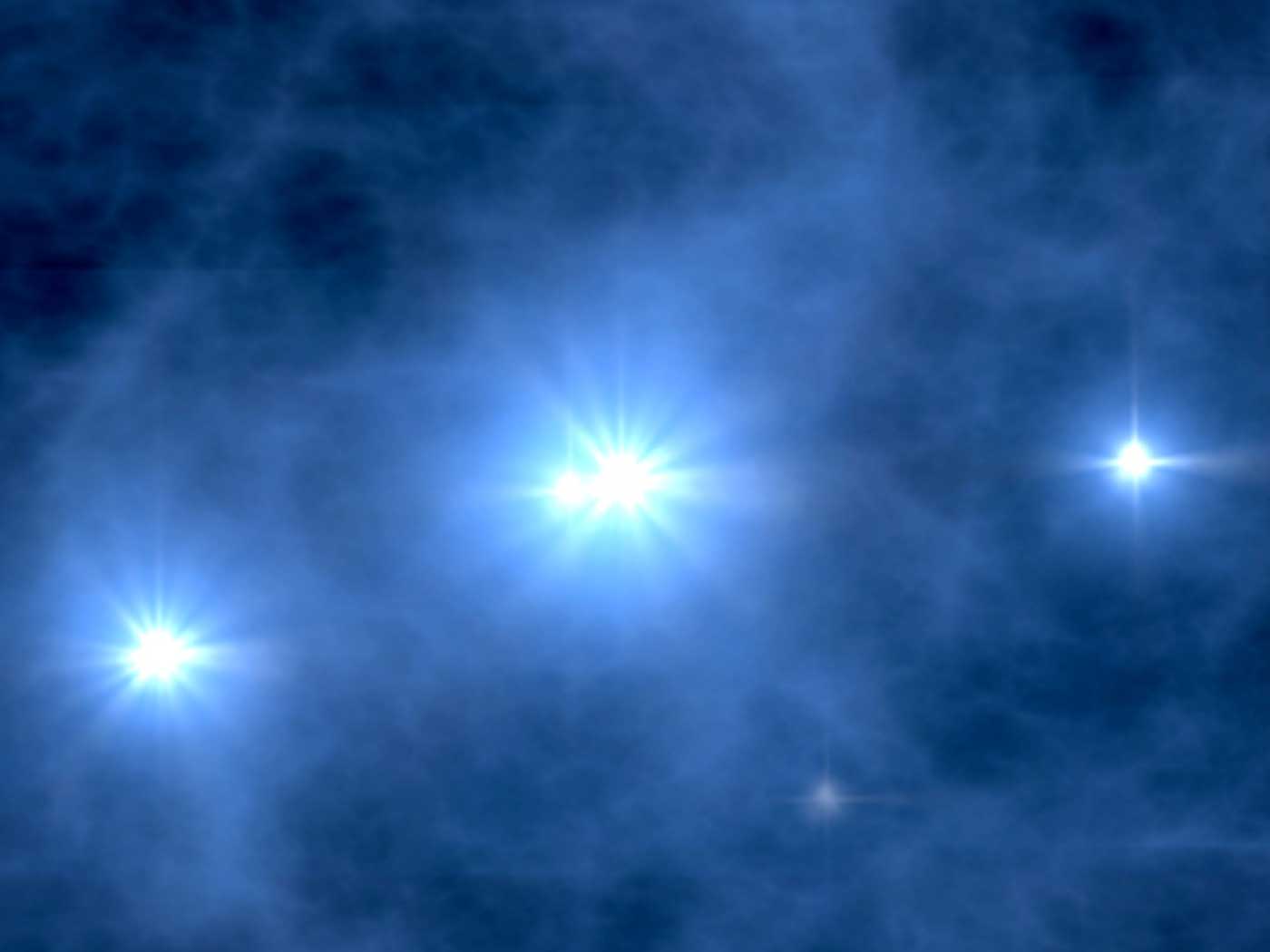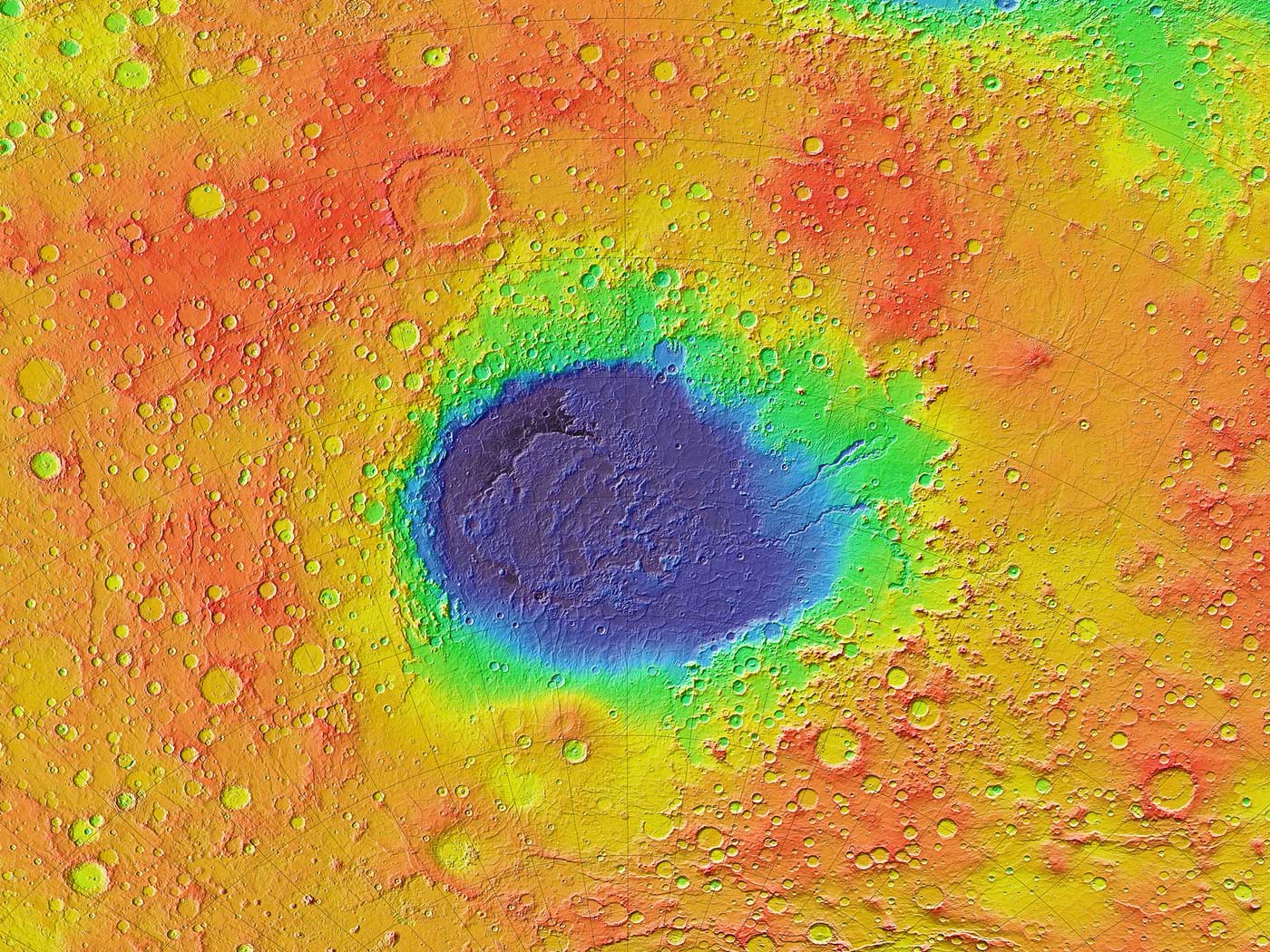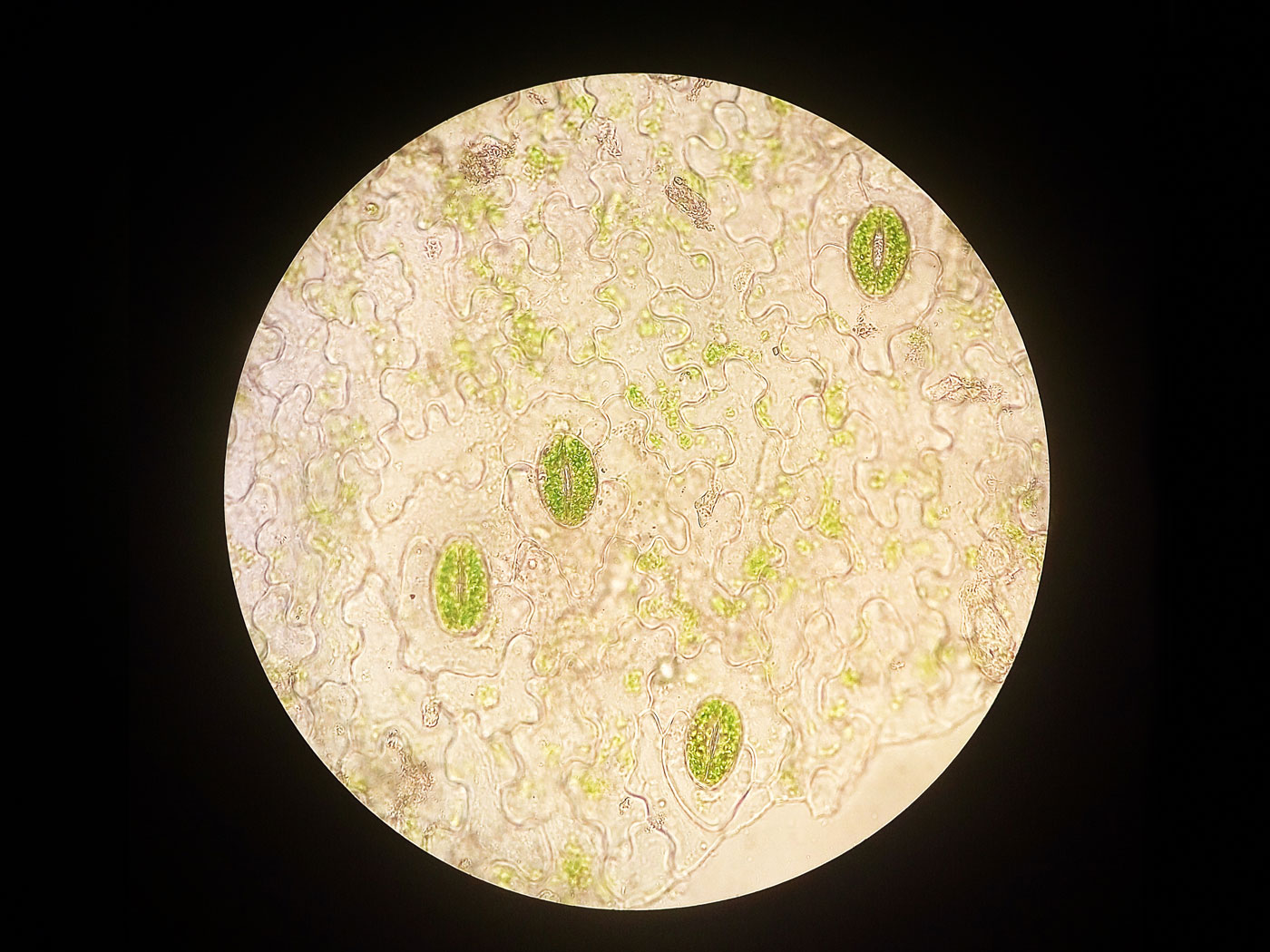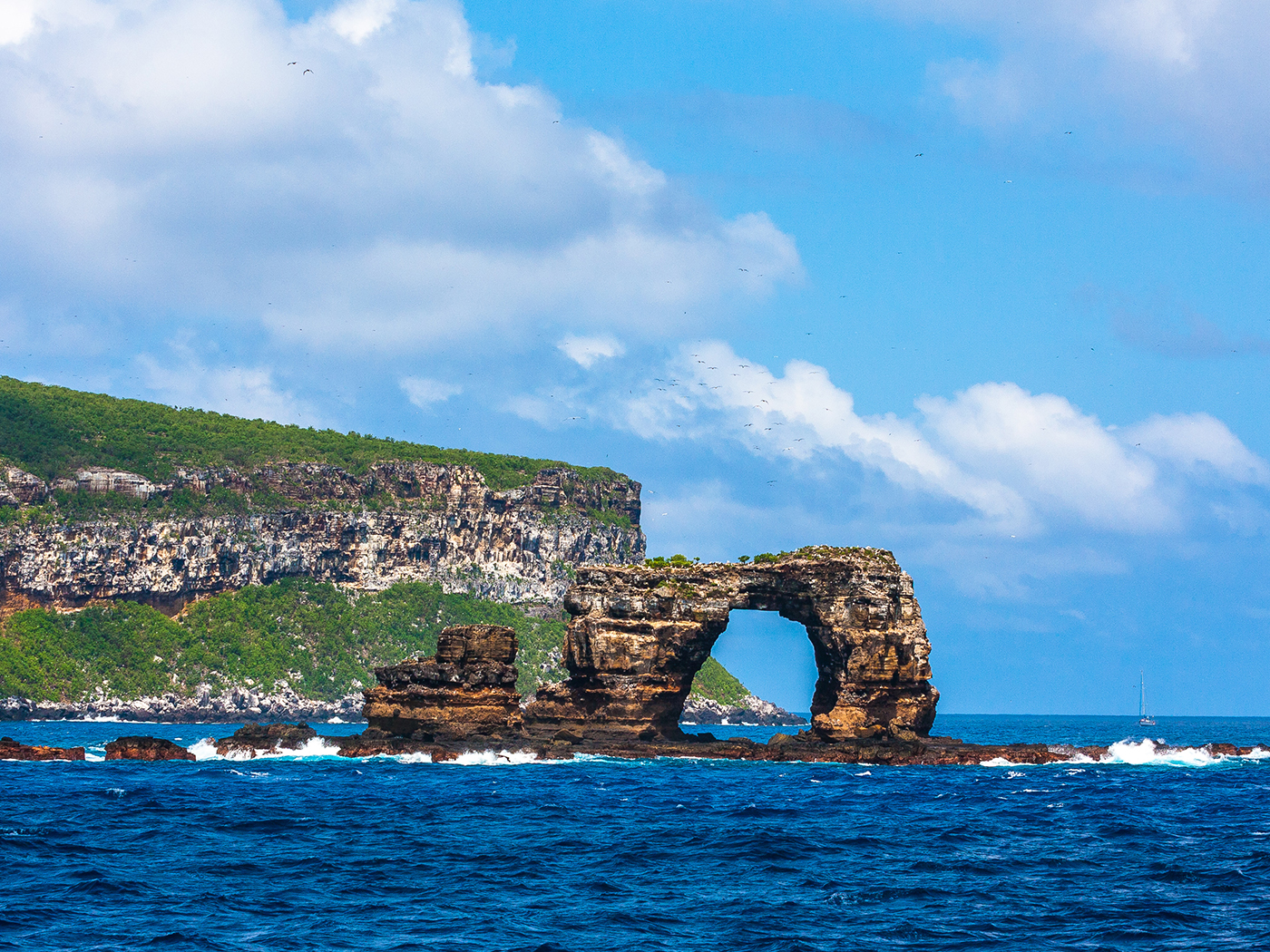Some scientists refer to certain dust and debris clouds in galaxies as star “incubators” because they think stars form naturally within them. But since the formation of a star from a compacted cloud would take far too long to observe even in many lifetimes, many references to stellar nurseries rely on circumstantial evidence and naturalistic reasoning. Do stars form from gas, and if so, could all known stars have formed this way?
There are a great many sizes, shapes, and contents of luminescent objects in outer space, including barely glowing hot-gas clouds and intensely burning solar-system-size stars. Astronomers recently studied a serendipitously magnified distant galaxy and noted what they deemed to be “intense star formation.”1 The light in transit from the galaxy was warped by another galaxy in between it and earth, making the distant image appear 32 times larger due to gravitational lensing.
The putative star-forming region within this galaxy, designated SMMJ2135-0102, is 100 times brighter than analogously light-dense regions of galaxies closer to earth. Thus, according to the study that appeared in Nature, “the energetics are unlike anything found in the present day universe.” With all that energy packed into such a small area, the authors interpreted patches of this galaxy to be “vigorously star forming.”1
But in the absence of direct observation of a star’s actual formation, astronomers must rely on theoretical physics, which blend observable processes with assumptions. Physicist Donald DeYoung explained in 1996, “Given unlimited time, might a star naturally form in space? Theoretically, the answer is a qualified ‘yes.’”2 However, the qualifications are so stringent that stars ought to be rare in the universe, and the first star should never have formed.
Repulsion between gas particles—especially when they are hot—is much greater at close range than the attraction between them due to gravity. So, a tremendous outside force is required to compress the gas particles, overcoming their thermal repulsion, in order for them to form a star.
The trigger for star formation is thought to be either the shock from a nearby supernova or compression from collisions with a nearby galaxy. Since galaxies are composed of stars, and since supernovae are exploded stars, both of these hypotheses require pre-existing stars to make stars. If this is so, then how did the first stars ever form?
The astronomers stated in Nature that “it is also possible to calculate the efficiency with which the dense gas is converted into stars.”1 They applied a standard formula that included a “star-formation efficiency” parameter to analyze data from galaxy SMMJ2135-0102. The calculated star formation rate was consistent with that of many other galaxies. But they didn’t examine the question of whether stars form from “dense gas.” That assumption was built into the equation.
The study authors wrote that “intense bursts of star formation are believed to be driven by mergers between gas-rich galaxies.” So, if galaxy SMMJ2135-0102 long ago collided with an adjacent galaxy, this may have precipitated its phenomenal luminosity. But no evidence of such a collision was presented.
The “stars from gas collapse” theory in general cannot adequately account for the breadth of stars in the cosmos. Given the observation that there are still so many of them observable even though they are fizzling out with age, they must have been formed in great numbers somewhere, somehow, and from something other than such comparatively rare events as supernovae and colliding galaxies. An act of nature cannot explain it. An act of creation can.
References
- Swinbank, A.M. et al. Intense star formation within resolved compact regions in a galaxy at z = 2.3. Nature. Published online before print March 21, 2010.
- DeYoung, D. 1996. New Stars, New Planets? Acts & Facts. 25 (4).
Image credit: NASA
* Mr. Thomas is Science Writer at the Institute for Creation Research.
Article posted on March 29, 2010.





